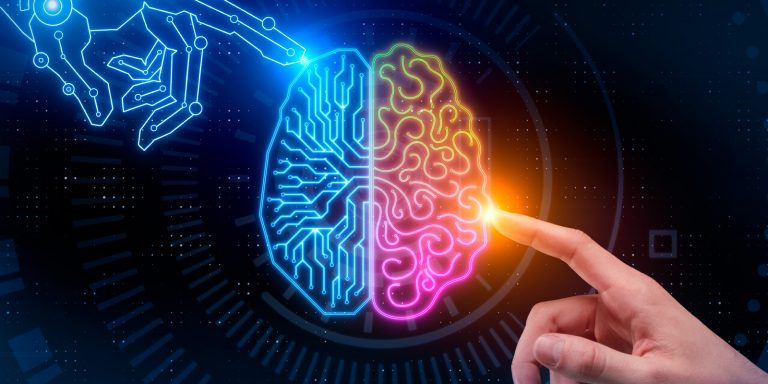According to their origin, languages are natural and artificial. Natural languages are the languages people speak. Natural languages develop and evolve. Artificial languages are created synthetically to convey some specific information. Artificial languages include Esperanto, programming languages, musical notation, Morse code, encryption systems, jargon, and others. It would seem that everything is obvious: if the language was created by people, then it is artificial; if it originated and developed independently, and people only fixed this development and formalized it in writing, then it is natural.
Artificial and natural languages
But not everything is so clear such as bengali to english. Some languages are at the intersection of artificiality and naturalness. An example is one of the four official languages of Switzerland, Retro Romansh. Today it is spoken by about fifty thousand Swiss. The subtlety here lies in the fact that as early as the middle of the twentieth century, the Retro Romansh language did not exist. Instead, five disparate dialects of a related but not unified language of the Romance language family were spoken in various regions of Switzerland. And only in the 1980s, a group of scientists united in order to create a single language based on the most common dialects. Words in this language were selected according to the principle of similarity, that is, a word was taken into the language if it sounded the same in all dialects, or at least close.
For about twenty years now, documents and books have been published in a new, unified retro-Romance language, it is taught in Swiss schools, it is spoken by the inhabitants of the country.
Such examples are known from the more distant past. To a large extent, the Czech language can also be called artificial. Until the end of the 18th century, everyone in the Czech Republic spoke German, and the Czech language existed in the form of scattered dialects, which were owned only by uneducated rural residents.
During the period of the Czech National Revival, Czech patriots literally pieced together the Czech language from rural dialects. Many concepts in the common language did not exist and they simply had to be invented.
The same revived language is Hebrew. When, at the end of the 19th century, Ben-Yehuda, the man who is called the father of modern Hebrew, began a movement for its revival, books and magazines were published in Hebrew, it was the language of international communication between Jews from different countries, but no one spoke Hebrew in everyday life. In a way, it was a dead language. Ben Yehuda’s transformation began with his family. He decided that the first language of his children would certainly be Hebrew. At first, he even had to limit the communication of babies with a mother who did not speak Hebrew, and hire a nanny who knew Hebrew to a sufficient extent for the children. Fifteen years later, Hebrew was spoken in every tenth house in Jerusalem. At the same time, the ancient language was so archaic that it had to be actively adapted to the realities of modern life, literally inventing new concepts. Now Hebrew is the spoken and official language of Israel.
